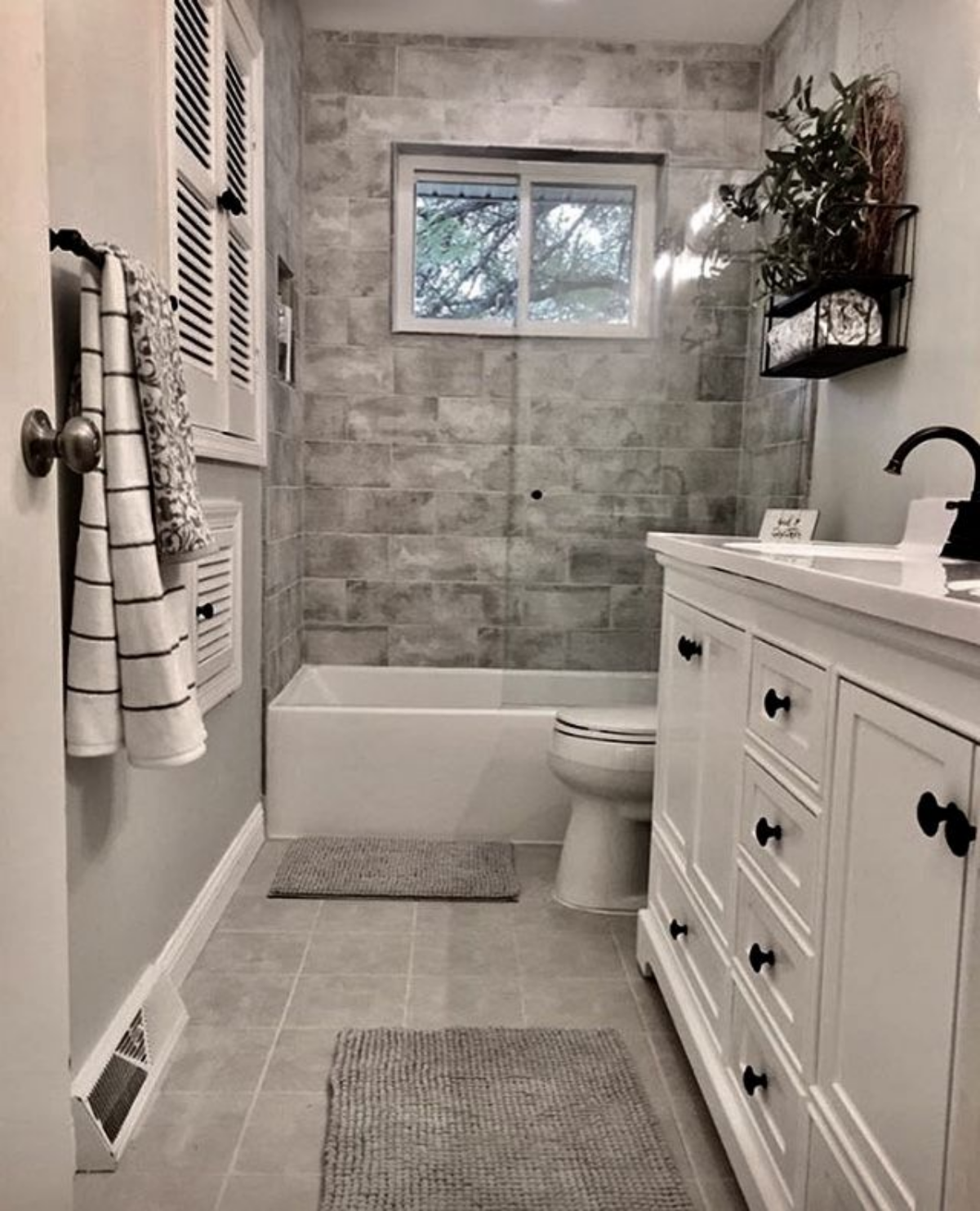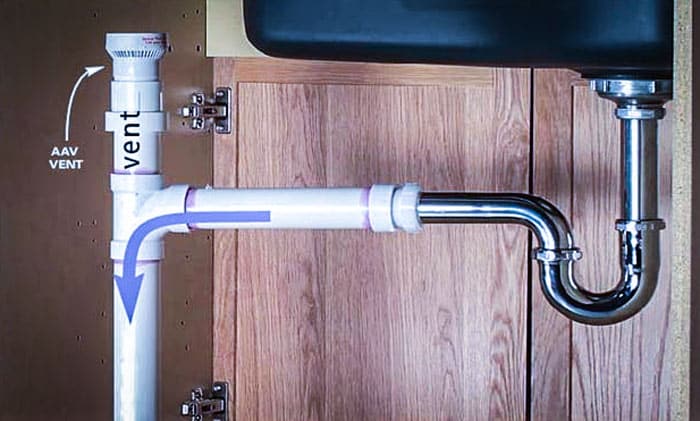Why Adequate Ventilation Matters in Plumbing Systems
Why Adequate Ventilation Matters in Plumbing Systems
Blog Article
Just how do you actually feel with regards to What Is a Plumbing Vent and Why Is It Important?

Correct air flow in plumbing systems is usually neglected, yet it is vital for maintaining the capability and safety and security of your home's plumbing. Ventilation assists regulate atmospheric pressure, avoid the build-up of unsafe gases, and ensure the efficient elimination of waste. In this guide, we will certainly explore the value of correct pipes ventilation, exactly how it functions, and the advantages it offers your plumbing system.
Comprehending Air Flow in Pipes
Ventilation in pipes refers to the network of pipes that enable air to flow via the drain system. These vents serve several objectives, including controling air pressure within the pipes, preventing sewage system gases from getting in the home, and assisting in the smooth flow of wastewater.
Just How Air Flow Works in Plumbing Systems
Air Pressure Policy
Correct ventilation keeps balanced atmospheric pressure within the pipes system. When water streams via pipes, it displaces air. Without ample ventilation, this displacement can develop adverse stress, bring about slow drains pipes or siphoning of water from catches, which can trigger undesirable odors to seep into the home.
Stopping Sewer Gas Buildup
Among the most critical features of pipes vents is to stop sewer gases, such as methane and hydrogen sulfide, from collecting within the home. These gases can pose serious wellness risks and are extremely flammable. Vent pipes permit these gases to leave safely outside.
Aiding in Waste Removal
Ventilation assists in the efficient elimination of wastewater by stopping airlocks in the drain system. When air can move freely through the vents, it enables water and waste to stream efficiently via the pipes, decreasing the risk of blockages and backups.
Types of Plumbing Vents
Key Heap Vent
The major stack vent, also referred to as the air vent pile, is the primary vent in a plumbing system. It extends from the primary drain line up through the roofing, enabling gases to escape and fresh air to get in the system.
Branch Vent
Branch vents attach to the major stack vent and serve individual fixtures, such as sinks, toilets, and showers. These vents guarantee that each fixture has adequate air flow to operate effectively.
Air Admittance Valve (AAV).
An Air Admission Valve (AAV) is a one-way valve that allows air to get in the plumbing system without the demand for a typical air vent pipeline expanding with the roof covering. AAVs are commonly used in remodellings or areas where installing a standard vent is unwise.
Indications of Poor Air Flow in Plumbing.
Slow Draining Fixtures.
If your sinks, tubs, or commodes are draining pipes gradually, maybe a sign of poor ventilation. Inadequate air flow can produce a vacuum cleaner effect, making it hard for water to drain pipes properly.
Gurgling Appears.
Gurgling audios originating from drains pipes are often a result of air being sucked through water traps due to unfavorable pressure in the pipes. This is a clear indicator of insufficient ventilation.
Unpleasant Smells.
Drain smells inside your home are a warning that your plumbing system is not appropriately ventilated. This could suggest that drain gases are not being effectively vented outside, leading to possibly dangerous problems.
Common Ventilation Blunders.
Poor Vent Sizing.
Making use of undersized air vent pipes can lead to poor air flow and stress imbalances in the system. It's essential to utilize vents that fulfill the particular requirements of your pipes system.
Improper Vent Positioning.
Placing vents too much from the components they serve can decrease their performance. Correct placement ensures that air can move freely and effectively through the system.
Ignoring Code Demands.
Building regulations provide certain guidelines for pipes ventilation. Overlooking these codes can result in a system that stops working to operate properly and may bring about pricey repairs or health hazards.
Benefits of Appropriate Air Flow.
Improved System Effectiveness.
Correctly ventilated plumbing systems operate more successfully, with fewer clogs, faster draining, and much less stress on the pipes. This effectiveness prolongs the lifespan of the plumbing system.
Improved Air Top Quality.
By protecting against sewage system gases from entering your home, correct ventilation adds to better interior air quality, making your living atmosphere healthier and more comfortable.
Preventing Water Damages.
Ample air flow helps avoid water from being siphoned out of traps, which can lead to sewer gases getting in the home and triggering water damage over time.
Actions to Ensure Appropriate Ventilation.
Consulting Pipes Codes.
Always speak with local plumbing codes when developing or changing your pipes system. These codes supply the essential standards for appropriate venting and ensure your system satisfies safety and security standards.
Regular Evaluation and Maintenance.
Normal evaluations can aid determine potential air flow problems before they become major problems. Upkeep tasks, such as cleaning up vent pipelines and looking for obstructions, are necessary for keeping the system in good working order.
Specialist Installment.
For new installations or significant modifications, it's important to hire an expert plumbing. They have the competence to make certain the air flow system is correctly designed and set up according to code.
Final thought.
Proper air flow is a crucial part of any plumbing system, making certain that it functions efficiently and securely. By understanding the significance of air flow, identifying the indications of bad ventilation, and taking steps to preserve your system, you can stop costly concerns and shield your home's air quality.
Understanding the Role of Your Plumbing Vents in the Drainage System
The plumbing system in your home is more than just the kitchen sink, toilet, and bathroom. Some problems that arise within home plumbing are hard to detect because homeowners may not understand potential causes.
One part of the plumbing system that could cause you endless problems is the venting. The drain lines that run through your home and drain wastewater need proper venting to function properly. Faulty plumbing vents can lead to several problems that require the expertise of a plumber to check them out. Before finding experienced plumbing services, there are a few things to learn about plumbing vents.
Why vents are vital
Vents in the plumbing system lead to an outside area such as the roof or the back. The function of these vents is to keep sewer gases away from the drain pipes. They also establish seals in the drainage pipes that prevent the sucking back of waste gases into the home. Venting in the plumbing system also allows oxygen to get into the drainage system, which is an essential component in the breakdown of waste matter. The vents also ensure that the air pressure within the drainage system remains balanced, facilitating the flow of wastewater.
Possible problems
When the plumbing vents are problematic, one of the consequences is imbalanced water levels in the toilet. If you notice that the levels in the toilet bowl rise and fall all the time, then there may be something wrong with the vents.
Another issue is air bubble formation within the toilet. In most cases like these, the drain pipes are not receiving enough air. Lack of air pressure equalization is what leads to water flow problems. If you come across such issues in your home, make sure you call professional plumbers, such as the ones from Perfection Plumbing & Drain Cleaning Ltd.
Potential causes
Several scenarios can lead to some of the plumbing problems that homeowners suffer because of venting. One such scenario is the use of incorrectly sized vents. Usually, vents are the same size as the drain line to facilitate proper venting. Vents that are too small will lead to some plumbing issues. Another potential cause is fixtures that are not close enough to the vents. In this scenario, air forces itself through the traps of other fixtures, leading to gurgling sounds from toilets and sinks.
Most of these problems also happen with clogged vents. Tree leaves and debris can cause clogging when they make their way down a vent. Unclogging plumbing vents is a service that you can entrust to Saskatoon plumbers. They will know how to snake down vents and remove clogging stuck in fixtures.

I'm very focused on What Are Plumbing Vents and Why Are They Important? and I'm hoping you enjoyed reading the new blog entry. Liked our piece of writing? Please quickly share it. Let someone else check it out. Thanks so much for your time spent reading it.
Click Here Report this page